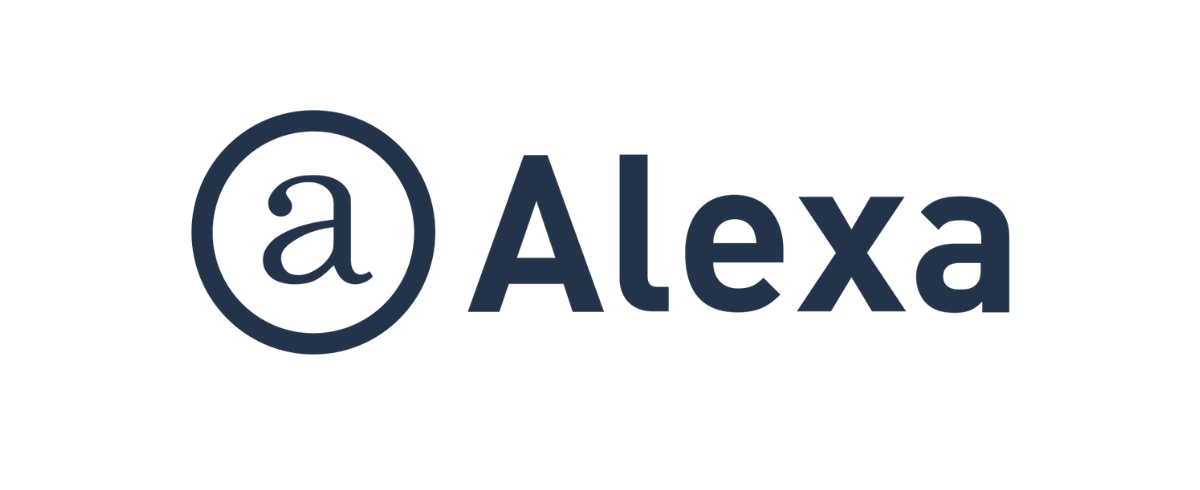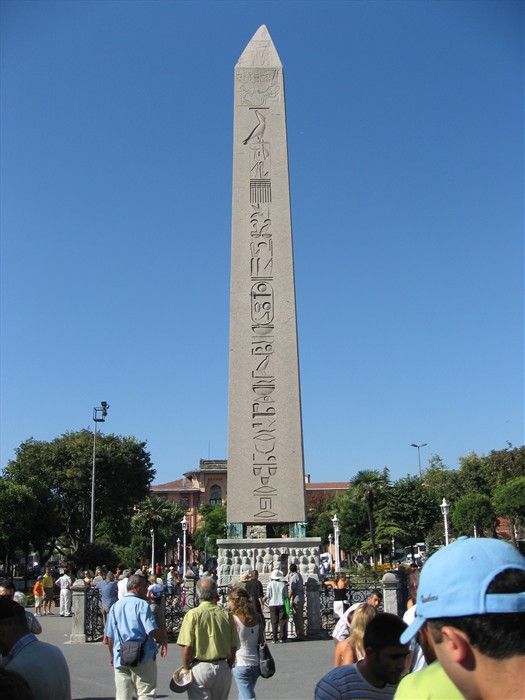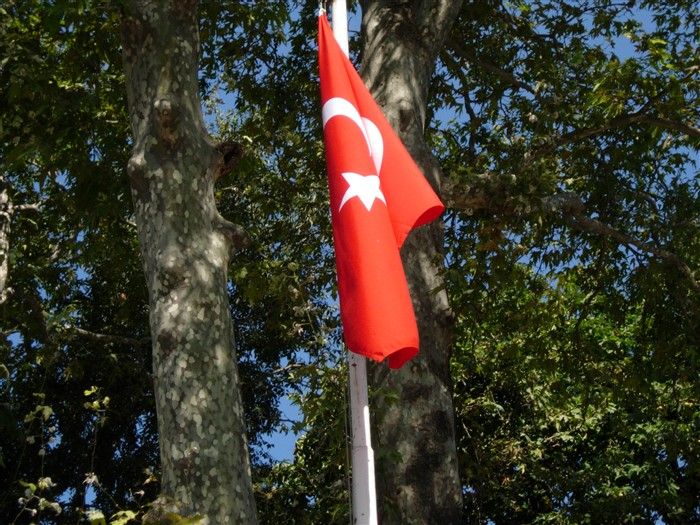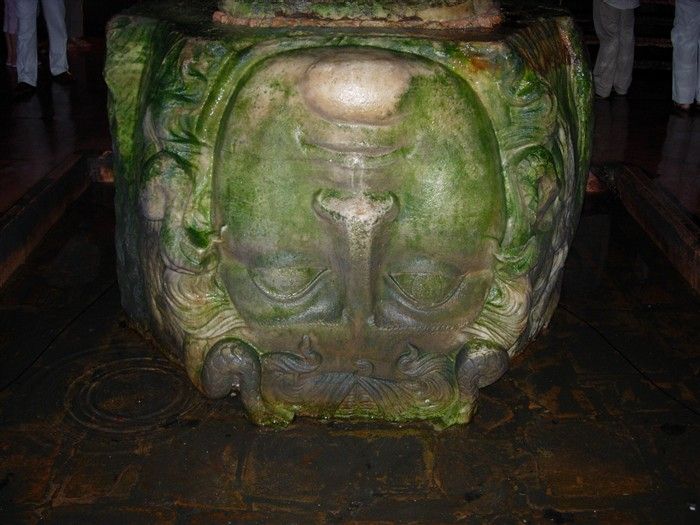I suppose I am better placed than most to evaluate the mobile content market having built and sold one of the premier mobile media companies in the U.S.
Let me start by saying that I am extremely optimistic on the mobile market and mobile media market in general. Cell phone penetration is continuing to increase around the world. Phones and bandwidth are improving, with 3G phones starting to reach the mainstream and the industry starting to think about 4G. Consumers are increasingly comfortable using data services on their cell phone. As a result, the already large (multi-billion dollar) ringtone and mobile gaming markets will continue to grow and new services such as mobile video will start to reach the $1 billion revenue level on a global level.
Conclusion 1: The mobile media market is large and growing.
Unfortunately for the startups in the market, the underlying market dynamics do not play in their favor. One of my nine business selection criteria is never to be in a business where there is a risk of margin compression and/or disintermediation by customers and/or suppliers. In mobile media, all those risks are present. The carriers have all the leverage: you need them for billing, they can block you if they want to and it’s good to have them promote you. In the U.S. the top 5 carriers will account for 95+% of your revenues. If you are in ringtones, music licenses from the top 4 music labels will account for the majority of your costs. Such cost and revenue concentration is both inherently risky and gives tremendous leverage to both suppliers and customers. All the on-deck ringtone providers have at the very least seen their margins squeezed in the past few years and in some cases have been fully disintermediated with the carriers taking over the label relationships directly. All this explains the recent stumbles of Infospace in the past few weeks as Cingular has gone direct.
This risk is the sole reason I sold Zingy. Arguably I sold too early as I had not expected the revenue to ramp that much in 2004 and 2005, but better to sell too early than too late! That is not to say that all intermediaries fail. HBO and MTV essentially started out as small aggregators of third party content selling it to the cable companies. The movie studios, labels and cable companies wield almost as much power as the labels and carriers do today. However, HBO and MTV today owe a large part of their success to the brand they built and the content they now create. A few companies can succeed in transitioning from being content aggregators to content creators, but the transition is costly and fraught with risk. It’s much easier to do if you are owned by a media company with content and deep pockets. As such, Jamba makes much more sense as part of News Corp than part of Verisign.
It’s also important to note than in the early days, the margins can be very good. For instance, the carriers did not pay much attention to the ringtone market until it got big so at first the business was very lucrative.
Conclusion 2: The market dynamics favor the carriers, you can make money in the early days but if the market gets big they will compress your margins or disintermediate you.
Conclusion 3: Ringtone companies have to transition to becoming brands and/or content creators or they will be relegated to being low margin aggregators for small labels.
My comments are not specific to the ringtone market. Unfortunately for mobile game companies similar dynamics play out. In the early days of the mobile gaming market it cost $50,000 to make a game, licenses were cheap and most of the games make money. In many ways this was reminiscent of the PC gaming industry in the 1980s. However, as the devices grew in complexity and the market grew, licensing and development costs increased dramatically moving the market in a hit-driven direction. It made perfect sense for Jamba to sell themselves to EA – EA was in a strong position to obtain mobile rights for many properties in light of the copyright licenses it was obtaining. Moreover, you need deep pockets to survive in a hit driven environment – which EA has.
Conclusion 4: The mobile gaming market is just as tough for startups as the ringtone market as development and licensing costs are increasing as devices increases in complexity and the market grows attracting the traditional large gaming companies.
Unfortunately the same analysis is largely true in video and other content driven business where the content owners and the carriers are also best positioned to capture the economics.
Conclusion 5: In general, if you depend on branded third party content where the suppliers are concentrated your margins will be compressed and you might be disintermediated.
The obvious conclusion might be to focus on user generated content. However, a mobile only user generated content play may not work given that the offline user generated content companies are going mobile:
- The mobile advertising market is not large yet making it hard to be free if you are a mobile only play
- Established players like MySpace are aggressively looking at getting into the market limiting the opportunity for mobile only startups: MySpace already has a community and they may choose to be largely free to extend their brand and reach (they don’t need the revenues from mobile)
Conclusion 6: Mobile only user generated content ideas will face many challenges if they compete head-on with online user generated content sites going online.
All that is not to say that there is not a lot of money to be made in mobile media. Many startups have done well and had successful exits. Jamba may be transitioning successfully to a HBO/MTV model. I am sure a few startups will come up with amazingly compelling mobile products we have not thought of and be incredibly successful. All I am saying is that the market dynamics inherently make the market difficult to operate in and near-impossible to create a mobile-only multi-billion dollar startup.
Conclusion 7: Given all of the above, I will personally be focusing on online opportunities that will use mobile as an important distribution channel but will not be pursuing mobile-only opportunities.
























